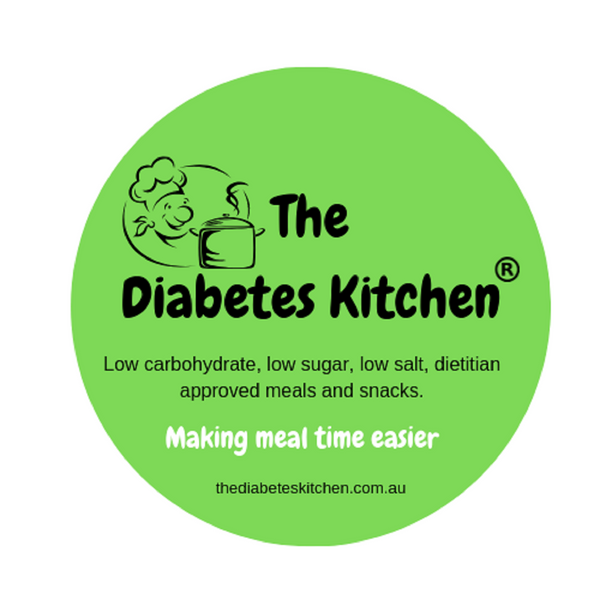Lactose intolerance is a common dietary concern that affects millions of people worldwide. It occurs when the body lacks an enzyme called lactase, which is essential for digesting lactose, the natural sugar found in milk and dairy products. While lactose intolerance can present dietary challenges, it doesn't mean you have to miss out on delicious meals or compromise your nutrition. In this blog post, we'll explore what lactose intolerance is, its symptoms, and provide practical tips for living a dairy-free lifestyle while still enjoying flavorful and nutritious foods.
Understanding Lactose Intolerance:
Lactase Deficiency: Lactose intolerance is primarily caused by a deficiency of lactase, the enzyme responsible for breaking down lactose into simpler sugars, which can be absorbed into the bloodstream.
Common Symptoms:
Lactose intolerance can lead to various digestive symptoms, including:
- Bloating
- Gas
- Diarrhea
- Stomach cramps
- Nausea
Tips for Managing Lactose Intolerance:
1. Choose Lactose-Free Alternatives:
- Opt for lactose-free milk, cheese, and yogurt, which are readily available in most grocery stores.
- Experiment with non-dairy milk options like almond, soy, oat, or coconut milk.
2. Read Labels:
- Be vigilant about reading food labels for hidden sources of lactose, such as whey or curds.
- Many processed foods contain lactose, so it's essential to check the ingredients list.
3. Explore Dairy-Free Recipes:
- Embrace dairy-free recipes that use plant-based alternatives like cashew cream, nutritional yeast, and tofu for a creamy texture.
- Get creative with dairy-free cooking by trying out vegan cheese, butter, and ice cream recipes.
4. Focus on Whole Foods:
- Incorporate more whole, unprocessed foods into your diet, such as fruits, vegetables, grains, and lean proteins.
- These foods are naturally lactose-free and provide essential nutrients.
5. Consider Lactase Supplements:
- Lactase supplements are available over-the-counter and can help some people digest small amounts of lactose.
- Consult your healthcare provider before using supplements.
6. Monitor Portion Sizes:
- Some individuals with lactose intolerance can tolerate small amounts of dairy without symptoms. Experiment with portion sizes to find your tolerance level.
7. Consult a Dietitian:
- If you're struggling with dietary choices or unsure how to meet your nutritional needs, consult a registered dietitian with expertise in lactose intolerance.
Conclusion:
Living with lactose intolerance doesn't mean giving up on delicious and nutritious meals. By understanding your body's needs, making informed food choices, and exploring dairy-free alternatives, you can enjoy a varied and satisfying diet while managing your lactose intolerance effectively. Embrace the wide range of dairy-free options available today, and savor the flavors of a lactose-free lifestyle.

